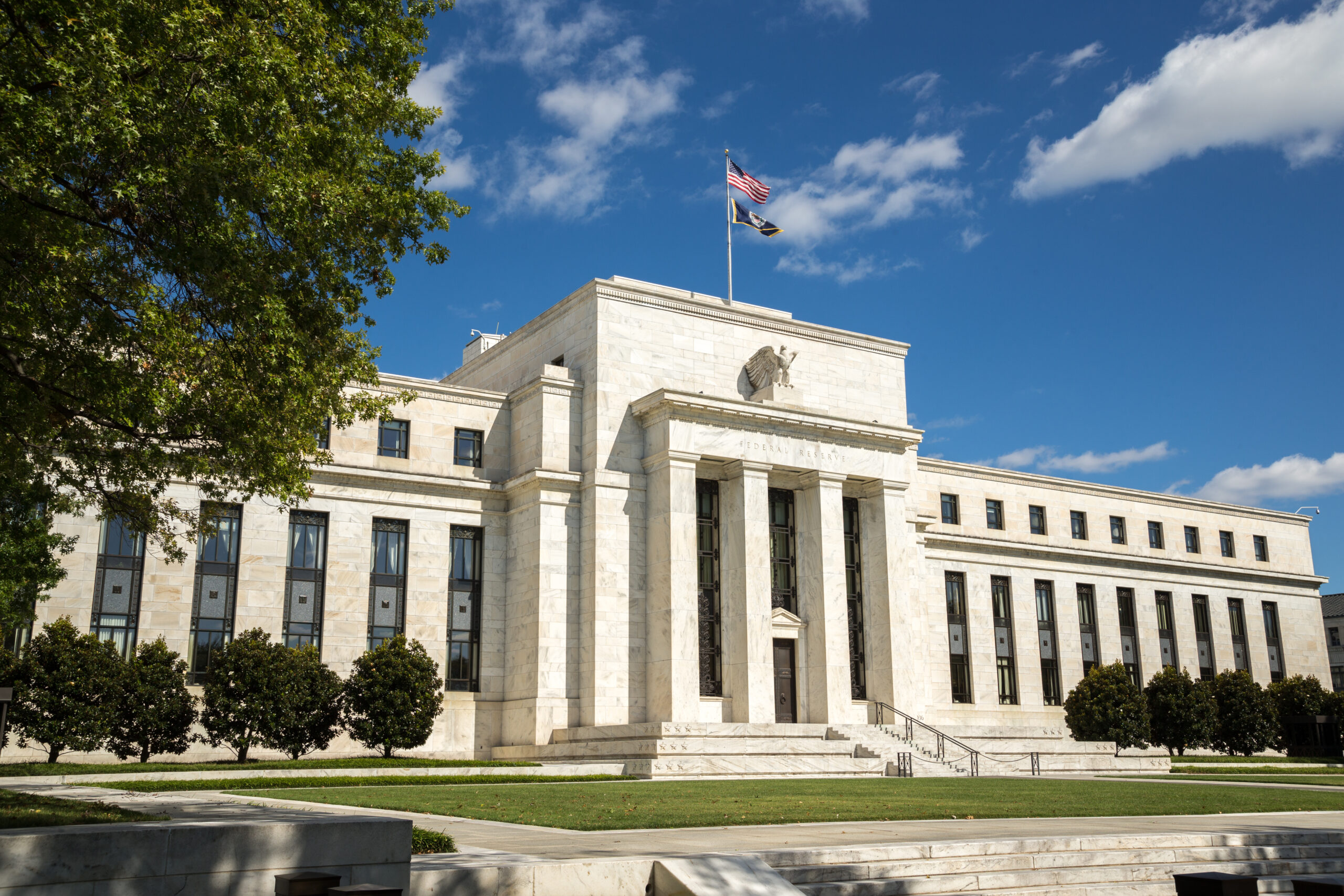
Fed Interest Rate Changes Alone Will Not Get Us Back to Normal
Read the article published on NASDAQ
The Federal Reserve’s main tool for reducing inflation is raising interest rates which is why they have raised rates 11 times in the last 16 months. While the growth in inflation is slowing, the prior increases are in many cases embedded in the cost of goods and services we buy. In the meantime, rising interest rates are making it more painful for businesses and those in the workforce as both have seen inflation erode their buying power. As recent labor announcements, such as the airline pilots and UPS Teamsters contract negotiations with UPS show, labor cost is going to rise which will impact consumer prices.
Interest rates and inflation tend to move in the same direction but with time lags. Changes to the Federal Funds interest rate are the primary tool used by Fed to manage inflation. The term “federal funds rate” refers to the target interest rate range set by the Federal Open Market Committee (FOMC). This target interest rate is set as a range between an upper and lower limit at which commercial banks borrow and lend their excess reserves to each other overnight. These increases in turn impact the rates that lenders use.
Rising interest rates discourage consumer and business spending because it increases the cash carrying cost, especially on commonly financed items such as housing, cars, and capital equipment or on consumer borrowing on credit cards and brokerage margin accounts. It can also make banks less likely to lend money. Rising interest rates also tend to create a downward pressure on asset prices which can dampen individuals’ view of their wealth and willingness to spend.
Other factors are currently interfering with the timing and effectiveness of the theoretical interest rate/inflation algebra. One of these may be labor force productivity. Those working are producing less productivity growth. According to a report by McKinsey, regaining long term historical US rates of productivity growth of 2.2% could add $10 trillion to US GDP by 2030.[1] This boost is much needed to address workforce shortages, debt, inflation, and the energy transition.
The other issue is “where have all the workers gone” or labor force participation. Fewer Americans are participating in supplying the rest of America with the needed goods and services. Recent data shows that we have 9.8 million job openings in the U.S., but only 5.9 million unemployed workers available for work.[2]
There are reasons that labor participation is down – health issues, lack of childcare, desire for more free time, government support substituted for earned income, generational wealth transfers, early retirement, and lack of skills are some examples. The low unemployment rate touted by the government hides the underlying problem, the lack of labor participation.
According to recent statistics, over a third of the working age male population is not able or does not want to work, and this gets left out of the unemployed numbers. When you factor in the decline over the last several years in “labor participation rates”, you get a better feel for part of the reason for a tight labor supply.
Continued high demand for goods and services from workers as well as non-workforce participants contribute to the difficulty to “cool down” consumption demands and thus keep prices higher. Add to this, increased government spending and regulatory or political attempts to manage demand and supply.
While some of the stated goals may be laudable, many climate policies, social engineering regulation, increased compliance cost, and social programs are often creating demand for labor and supplies or in some case reducing resources such as energy without necessarily generating an equivalent societal benefit.
Whether the current Fed policy will result in a soft landing or more painful recession, it will create winners and losers along with wounds to participants in the economy that will take a while to heal, even when successful in reducing inflation going forward.
By Robert Scharar, President of FCA Corp, a Houston-based investment advisory firm
1 “Rekindling US productivity for a new era,” McKinsey Global Institute, February 16, 2023, https://www.mckinsey.com/mgi/our-research/rekindling-us-productivity-for-a-new-era#at-a-glance.
2 Stephanie Ferguson, “Understanding America’s Labor Shortage,” US Chamber of Commerce, July 12, 2023, https://www.uschamber.com/workforce/understanding-americas-labor-shortage.